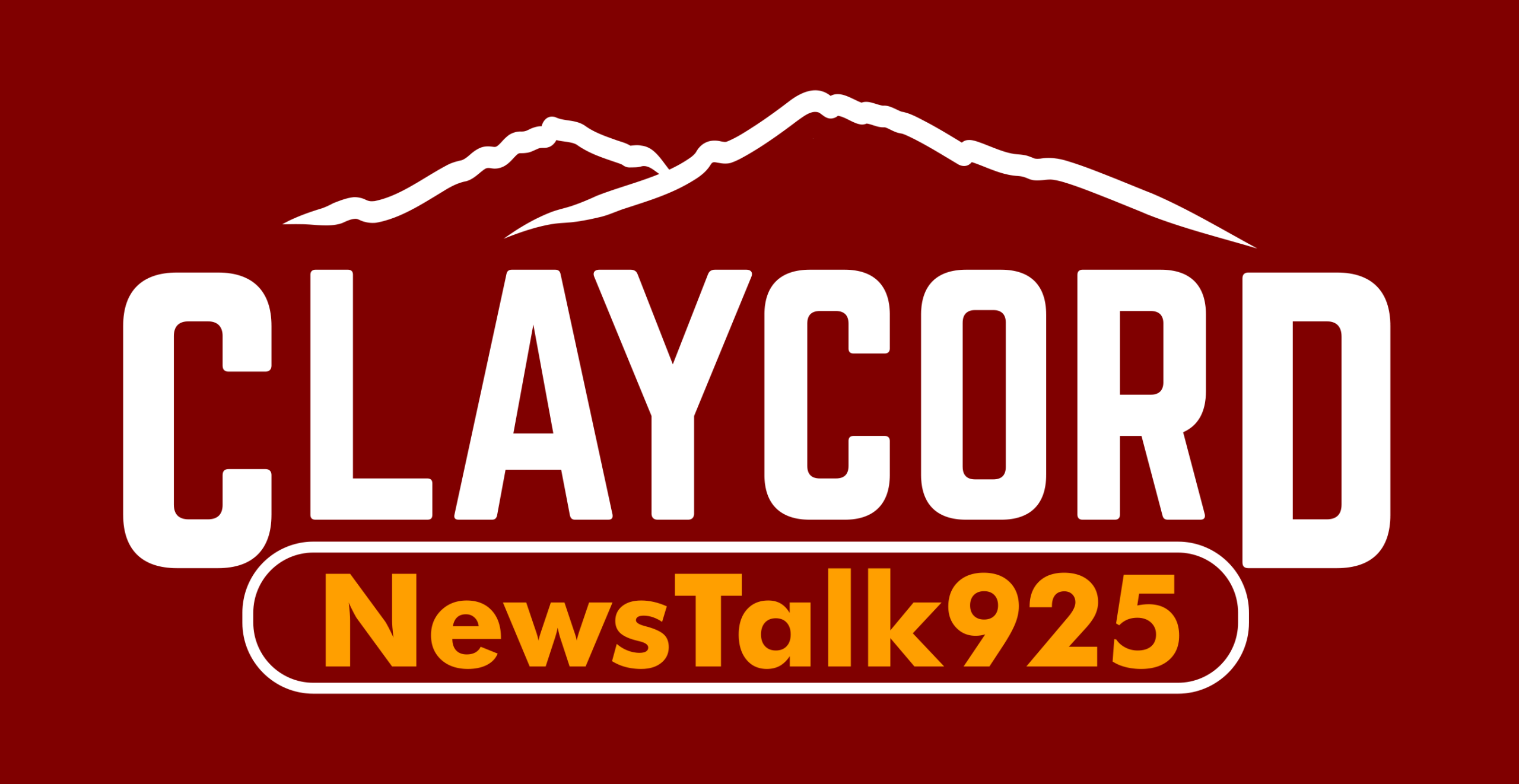
Pacific Gas and Electric Company (PG&E) has implemented a number of new and enhanced wildfire mitigation tools to keep customers and communities safe.
Despite the impacts of COVID-19 on our entire society, PG&E has remained focused on executing important wildfire safety work as part of the company’s Community Wildfire Safety Program. Key milestones accomplished by the PG&E crews and contractors who continue to work in the field during this pandemic, while physical distancing, to keep their neighbors and communities safe include, as of May 29:
- System Hardening: Installed stronger poles, covered lines and targeted undergrounding across 105 miles as part of a full-year plan for hardening 241 line miles.
- Enhanced Vegetation Management: Inspected, pruned and removed vegetation that poses a higher potential for wildfire risk; completed 939 miles out of a planned 1,800 total miles.
- More Weather Stations and Cameras: PG&E installed 116 advanced weather stations and 50 more high-definition cameras, with targets of 400 and 200 for the year, respectively.
- Sectionalizing Devices: Separated the distribution grid into smaller sections for operational flexibility; 216 devices out of 592 targeted for the year are now operational.
- Transmission Line Switches: Installed line switches to redirect power and keep communities energized. More than the 23 switches planned for this year have been installed.
- Substation Temporary Generation: Created plans to locate temporary generation at up to 48 substations during a PSPS event to allow PG&E to safely energize thousands of customers and shrink the footprint of the PSPS event.
“Wildfire season is upon us, and the public can be assured of PG&E’s unwavering efforts to improve public safety and further reduce wildfire risk. The steps we are taking to keep our customers and communities safe are unprecedented and include everything from more robust vegetation management and hardening the grid to making our Public Safety Power Shutoff events smaller and shorter to making our website more resilient,” said Michael Lewis, senior vice president of Electric Operations for PG&E.
Public Safety Power Shutoff (PSPS) Program
Here’s how PG&E is working to make PSPS events smaller in size, shorter in length and smarter for customers.
Smaller in Size
PG&E is upgrading its electric system to prevent wildfires and reduce the impact of future PSPS events on our customers. The company’s efforts this year are expected to reduce the number of customers affected by a potential PSPS event by about one-third compared to a similar weather event last year.
To make PSPS events smaller, PG&E is:
- Installing 592 sectionalizing devices capable of redirecting power and limiting the size of outages so fewer communities are without power.
- Installing microgrids that use generators to keep the lights on for communities.
- Conducting targeted undergrounding as part of system hardening.
Shorter in Length
PG&E is seeking to cut restoration times in half compared to 2019 so that power is restored to the majority of customers within 12 daylight hours after severe weather has passed. Steps the company is taking include.
- Nearly doubling the exclusive-use helicopter fleet during events from 35 to 65.
- Using two airplanes with infrared cameras capable of inspecting transmission lines at night.
- Mobilizing more field crews to speed up power-line inspections.
- Investing in more reliable and innovative equipment, so PG&E field teams can inspect, repair and restore power quickly.
- Utilizing mutual assistance from other utility companies to support PSPS restoration inspections when needed.
Smarter for Customers
PG&E is working to provide better information and resources to customers and communities before, during and after a PSPS event, including delivering more assistance and outreach to help vulnerable customers.
This smarter approach will include:
- Improving weather-monitoring technology, including installing new weather stations to more precisely predict the need for and timing of PSPS events.
- Improving customer alerts with earlier estimates of restoration timing.
- Upgrading Community Resource Centers (CRCs) so that customers without power have a place to go for device-charging and other basic needs. PG&E remains flexible with CRC deployment plans to adjust to the COVID-19 restrictions and best practices.
- Establishing a new collaborative working approach with cities, counties, tribes and critical-service providers.
- Bolstering pge.com website capacity.
- Partnering with the California Foundation for Independent Living Centers and other community-based organizations to provide resources for vulnerable customers and conduct outreach. See org for more information.
- Expanding in-language communications.
Customer Support
PG&E is actively exploring and developing additional services and programs to support customers during a PSPS event.
Easing Medical Baseline Access
PG&E is making it easier for eligible customers to join and re-enroll in the Medical Baseline program, which provides a discount on electric service and extra alerts leading up to, and during, PSPS events.
Community-Based Organization Support and Partnerships
PG&E is partnering with community-based organizations to assist vulnerable customers before, during and after PSPS events. Activities include:
- Collaborating with the California Foundation for Independent Living Centers through a grant program to support the Access and Functional Needs (AFN) community.
- Providing more in-language communications in a variety of languages.
- Expanding availability of materials in American Sign Language.
- Establishing an advisory group to identify the emergency preparedness needs of the AFN community and facilitate the joint development of solutions.
Website and Call Center Improvements
PG&E continues to make key website and call center improvements to ensure servers can withstand higher levels of traffic during a PSPS event and customers are able to access important outage information.
Self-Generation Incentive Program
PG&E is providing incentives to vulnerable customers and critical facilities as part of the California Public Utility Commission’s (CPUC) Self-Generation Incentive Program (SGIP). Through the program, vulnerable customers can access incentives from the CPUC to cover up to 100 percent of backup battery and installation costs, based on income, medical needs and likelihood to be impacted by a potential PSPS event.
How Customers Can Take Action
In advance of severe weather, PG&E encourages all customers to update their contact information at www.pge.com/mywildfirealerts and to make a plan to be ready for emergencies. More information including helpful tips can be found at www.safetyactioncenter.pge.com.


We’ve already had a series of brief outages because that’s what happens on hot days. Not planned outages, just the outages that happen now because PGE can’t keep up when it’s hot.
It was an opportunity to fire up the generator and make sure it’s working. Yep. Fired right up. We’re ready if we have one that lasts more than a few minutes. Given that PGE will turn the power off on hot and windy days, having some kind of back up power is prudent.
Does this mean the 250,000 postcards they
sent out wasn’t enough?
When the outages start, we’ll be able to see just how little has been accomplished.
Corporate profits are more important than the level of services provided.
Public Utilities should NEVER be for-profit companies.
CA doesn’t help with its over-regulation of utilities.
Keep it simple, supply safe power to the people at the best prices.
Absolutely. And the State is liking their lips waiting to collect the fines for Unreasonable “meter inspections” not being completed, yet they have done Zero to help when customers have refused access to PG&E meters.
I’m told that Employees are trying to recommend what needs to be done maintenance wise, but are up against: “we must do x,y,z first or we will be fined”.
So are they going to come around and burn my house down early to beat the rush ?
Criticism is the easiest thing to do. People have no idea what PG&E and the other California utilities are up against. No utility can defeat mother nature. Businesses and residents will continue to flee this once great state. Dead last in almost everything. Elon Musk is right to want to leave. This is the most anti business, anti jobs state in the USA!
What’s pathetic is CA used to have peaker plants scattered around, able to generate extra power when needed or during outages.
If memory serves the “GREEN” progressive liberals of CA made them go away.
So when power is out, food is spoiling and it’s 87 inside your house . . . . . be happy CA state legislature made CA a leader in being GREEN.
What is PGE doing to stop outages from disproportionately affecting people of color?! We need to cycle outages so that white people have 10x the outages of any and all POC or LGBTQ+ people in the name of restorative justice.
Will wildfire season be the next big disaster that forces us to stay home, give up rights, shelter n place, blame trump? Tune into cnn and see…
Don’t worry, fellow citizens of California. The CPUC is there to insure that untility companies provide SAFE & RELIABLE power to us all.